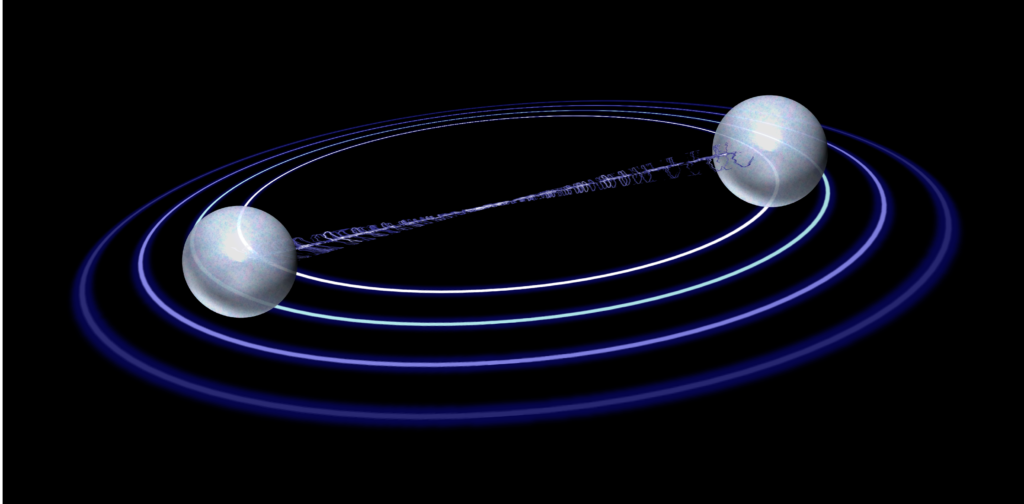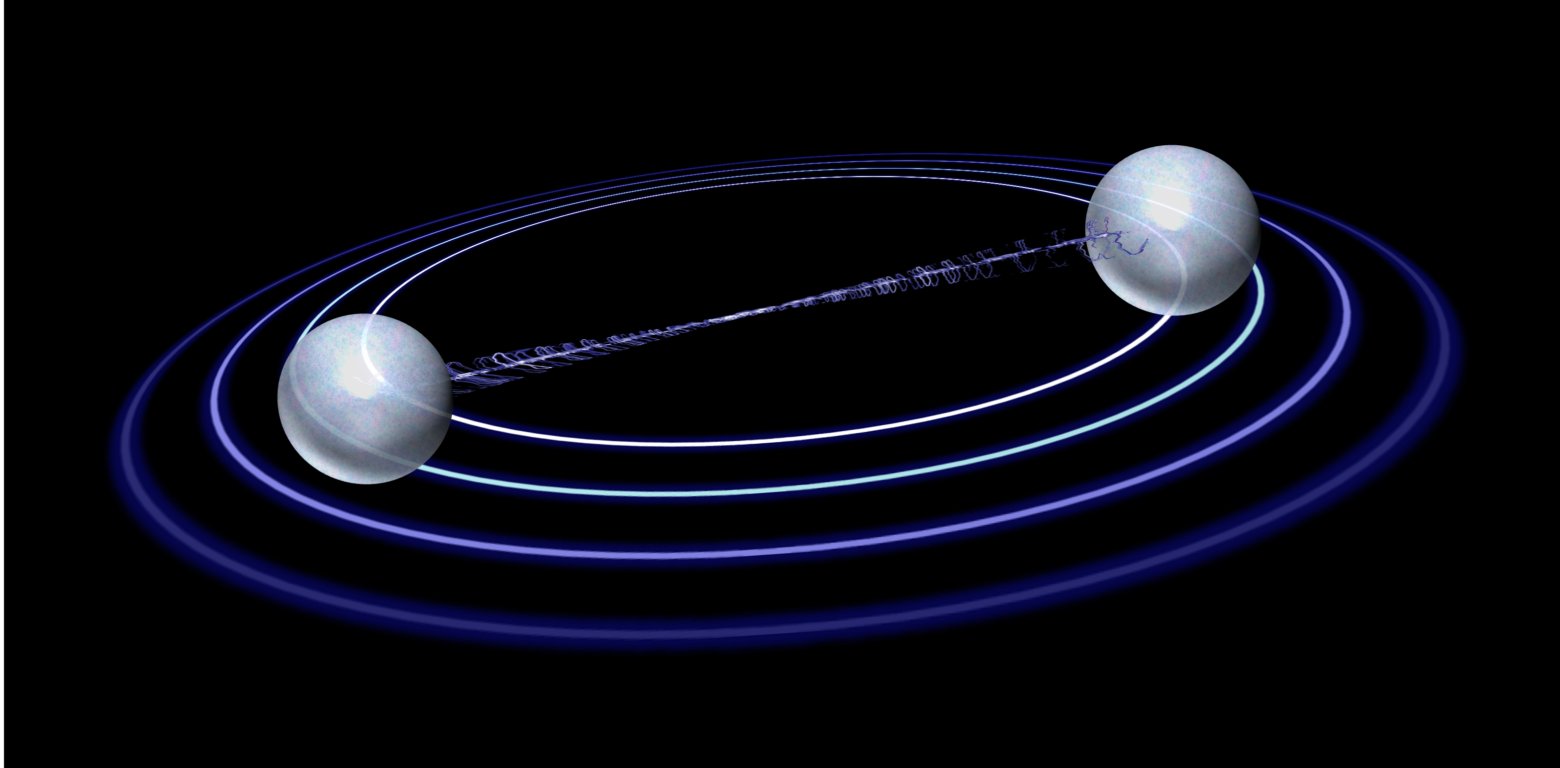Are the proton and electron in a Hydrogen atom entangled? I recently conducted a poll during an online poster session to see if any of the attendees had previously considered this question. To my surprise, not a single physicist answered “Yes”. But in fact, neither had I, until the summer of 2017.
Three years later, I’m happy to say that the answer is a resounding yes! In a paper published in New Journal of Physics entitled Hydrogenic entanglement, we examine the entanglement structure of both free and localised hydrogenic states and propose ways for verifying the entanglement. You can read more in the UCL press release.

The premise for this work came up when discussing systems entangling through gravity. My supervisor, Alessio Serafini, pointed out at the time that while we have access to a diverse range of entanglement tests for the Quantum Harmonic Oscillator, there must also be ways to compute entanglement for the only other quantum system we can solve exactly, namely the Hydrogen atom. But when we looked into it, it turned out that not much had been written on the topic, which we found very surprising. So we set out to try and find a way to describe the entanglement.
Some of the ground-work for this question was laid out in a paper entitled The Hydrogen Atom as an Entangled Electron-Proton System, which was first published more than 20 years ago. In the paper, the authors Paolo Tommasini, Eddy Timmermans, and A.F.R. de Toledo Piza set out to demonstrate that a free Hydrogen atom in the ground-state is entangled. They show that the Fourier transform can be used to diagonalised the continuous-variable density matrix, which leads to a continuous analogue to the Schmidt basis coefficients. Once the diagonalisation is obtained, one can compute the spread of the Schmidt basis coefficients. If the spread is a delta-function, the state is separable, but any other outcome means that the state is entangled.
However, for a system prepared in the laboratory, the resulting state is not necessarily free, since we know where we prepared it. It would be more correct to describe it as a localised state. Unfortunately, a localised state is no longer diagonalised by the Fourier transform, which means that we need another test in order to find out whether the state is entangled or not.
Instead of the Schmidt diagonalisation, we instead turn to the Positive Partial Transpose (PPT) criterion, also known as the Peres-Horodecki criterion. Intuitively, this criterion reverses the flow of time for one of the two entangled subsystems. If the state is separable, this operation has little effect, since time either flows forwards or backwards in the equations locally. However, if the state is entangled, one must instead change the flow of time for both subsystems simultaneously. Otherwise we can’t compare them properly, and the full evolution of the system is no longer governed by the Schrödinger equation. The PPT condition will therefore return an unphysical state if we attempt to perform it on an entangled state.
Now, the PPT condition is often straight-forward to compute for systems with finite and discrete energy levels. However, in our case, a hydrogenic system is a continuous variable system with infinitely many energy levels. The hydrogenic eigenstates are also non-Gaussian, which makes our task even more challenging. We therefore use the following trick: By performing the PPT for the first and second moments only, we obtain a test that is sufficient (but not necessary) for detecting entanglement. This means that if we see entanglement through the test, we definitely know it’s there. However, if we can’t see anything, the state could still be entangled – we just can’t tell.
It’s still somewhat difficult to see what the implications of hydrogenic entanglement might be. Had it made a big difference that the hydrogen atom is entangled, we would have seen the consequences a long time ago. However, there are hydrogenic systems, such as some exciton states, as well as the bound state of an electron and positron (also known as positronium), where these results may apply. There are still some big questions, such as that of a dynamical description, that remain to be answered.
In summary, I had a lot of fun working on this project. If you have questions about the paper or the results, please don’t hesitate to reach out to me.

